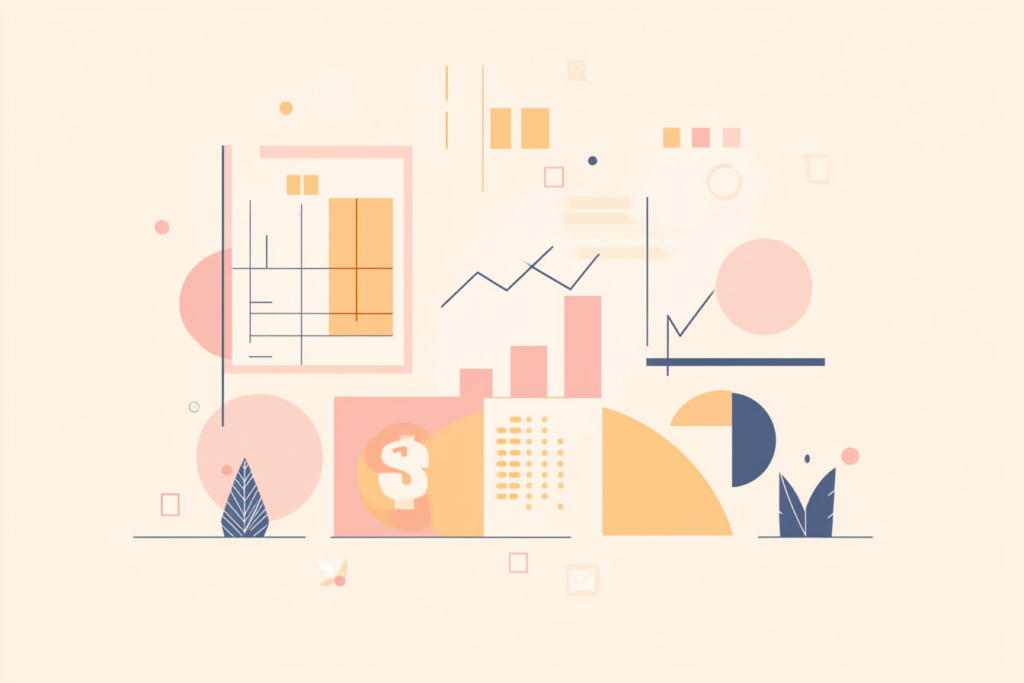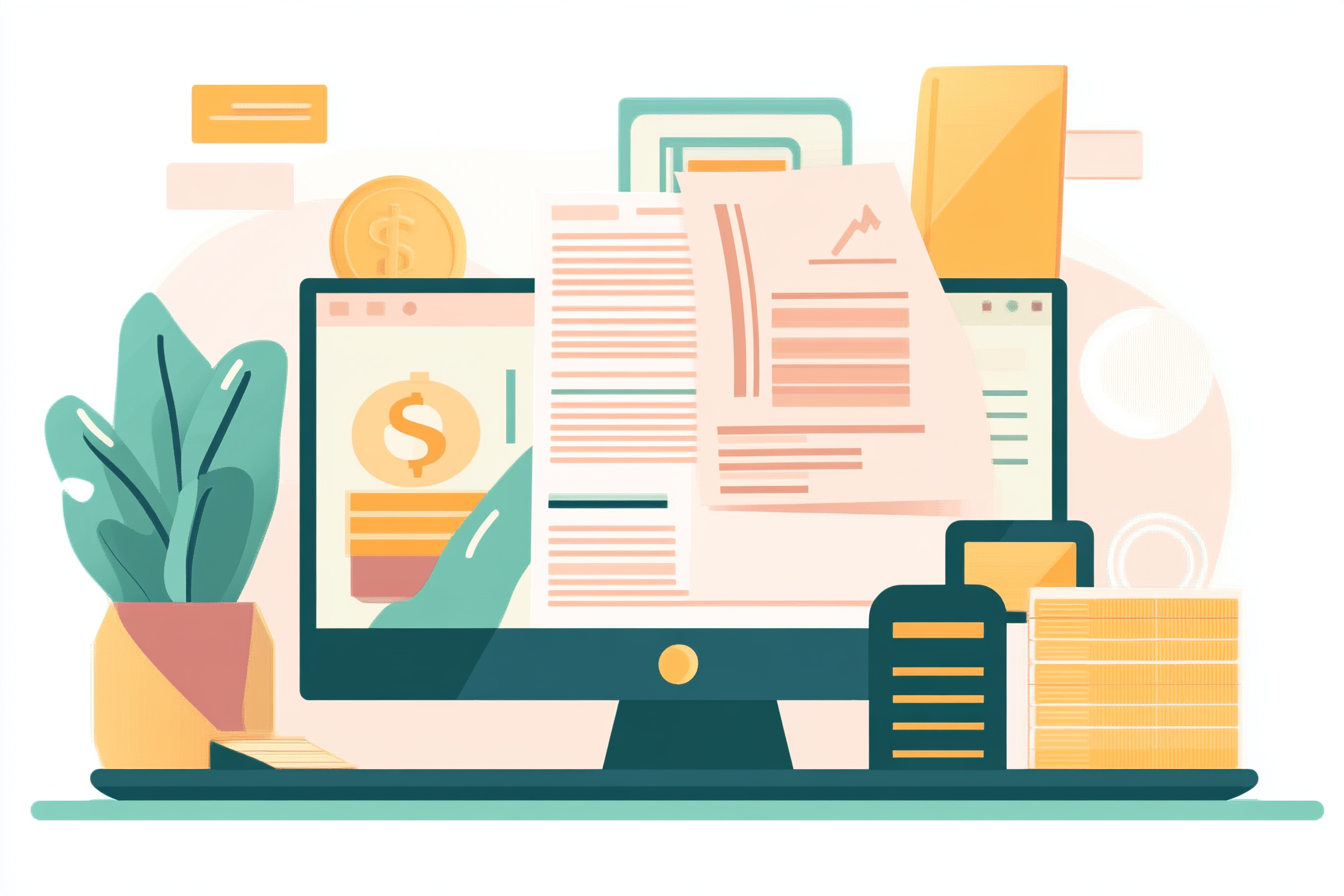If you ever have a loan where you pay the same payment every month, you likely have an amortization loan. These loans are especially common for mortgages, car loans, personal loans, and student loans.
Considering you’ll likely have an amortization loan at some point in your life, it’s crucial to understand how they work so you know what to expect.
What Is Loan Amortization?
An amortization loan is a type of credit in which you pay back the amount owed through scheduled, fixed payments that include both the interest and principal. You pay the same amount every month, but the payments prioritize interest, so your principal decreases slowly in the beginning. As you progress on your loan, the portion of the monthly payment going towards interest slowly decreases, allowing your principal to decline steadily.
What Does Amortization Mean?
Amortization is the process of spreading out interest over the life of a loan so that the borrower pays the same amount every month.
How Does Loan Amortization Work?

So, you get your first car loan. You’re excited about the purchase but also look forward to paying off the debt.
You got a $30,000 loan on a 60-month term at a 5% interest rate.
You’re shocked to see that when the first payment of $566 comes out of your account, your loan only decreases by $441! You just paid $125 in interest in your first payment.
Well, that’s precisely how loan amortization works.
The interest on each loan payment is calculated on the outstanding balance. So, a large part of your payments at the beginning of your loan term are going to interest because your loan balance is so high. With each payment, your balance reduces, and the next loan payment will have slightly less to go to interest.
With an amortized loan, the interest and principal have inverse relationships for payments.
Let’s take a look at that example again. While you pay $125 in interest in the first month, in the second month you’ll pay $123, then $121, then $119, and so on. By the fourth year of your loan, your interest will be below $50 a month. And your last payment will be primarily applied to the principal amount with you only paying $2 in interest.
What Is an Amortization Schedule?
If you have an amortization loan, it will come with an amortization schedule. This is simply a schedule that breaks down how much of your monthly loan goes to principal versus interest throughout the entire loan term.
Suppose you make additional payments on top of your regular monthly payment. In that case, the extra money is applied entirely to the principal balance. (Usually—see our note before for an important caveat*).
Extra payments will impact your amortization schedule as your remaining balance suddenly dips. You can use an online amortization calculator to see how much a bonus payment will reduce your overall interest paid and shorten your loan term.
*Important Note: Some lenders won’t automatically apply additional payments to the principal. Instead, they “save” it for your next payment, which means that extra payment doesn’t help you pay off your debt faster. Before making an additional payment, always ask the lender to clarify that it can—and will—be applied entirely to the principal balance.
Why Does Loan Amortization Matter?
It’s essential to understand your loan amortization for a few reasons:
- The true cost of interest. Many seriously underestimate how much interest they’ll pay when borrowing money. One benefit of an amortization loan is that you’re provided with a clear amortization schedule highlighting how much you pay in interest every month.
- The power of additional payments. You’ll see the impact that additional payments can have on your loan. The more “bonus” money you put towards your loan, the faster you can reduce your loan term.
- Amortization length’s cost-benefit analysis. It’s important to understand amortization when making decisions about your loan. For example, when taking out an amortized loan for your mortgage, you may have to decide between a 25-year or 30-year mortgage. A 30-year mortgage will come with a lower monthly payment. However, the cost of this choice is paying more interest and having a mortgage for an extra five years. Understanding this trade-off is vital so you can make an informed decision.
The Benefits of Amortization Loans
The primary benefit of an amortized loan is consistency. Once you sign up, you owe the exact amount every month for a predetermined length of time. This allows you to budget properly and always pay your loan on time.
Should You Pay an Amortized Loan Early?
Amortized loans are a type of debt. It’s always a good idea to work to be debt-free as fast as possible.
When you make extra payments on an amortized loan, you’ll pay less interest and shorten the overall loan term. However, note that these additional payments won’t lower your monthly payment. That will remain the same until you ultimately pay off the loan.
If you have room in your budget, make the additional principal payments and watch your amortization schedule shrink before your eyes! Your future budget will thank you for the proactive repayment.
You might also be interested in: What You Need to Know About Bridging Loans






